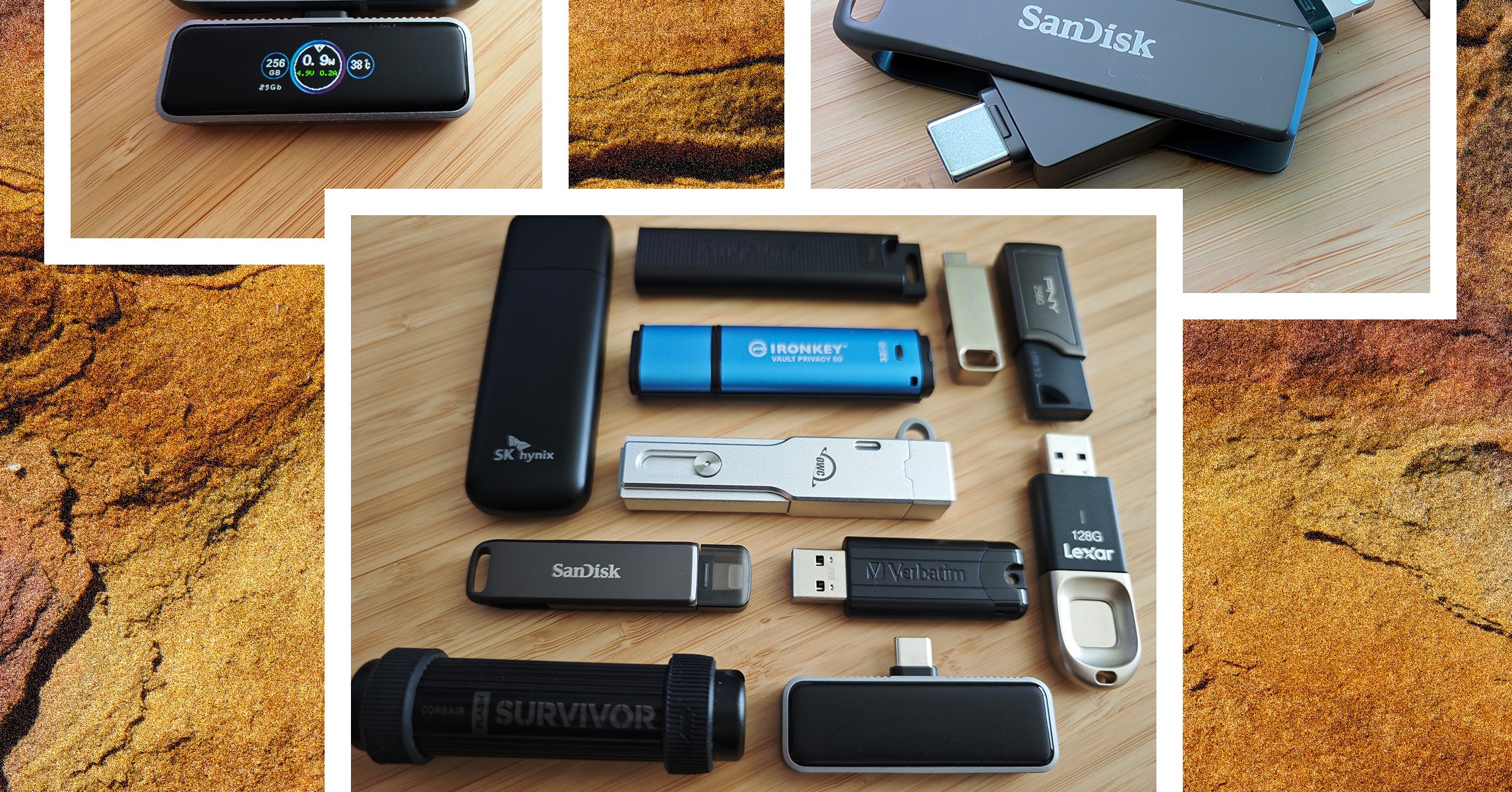There are a few things to keep in mind when looking for USB flash drives, and we also have some tips for using them.
Capacity: To determine the capacity you need, first check the size of the folders or files you want to copy. Each USB drive in our guide has a stated capacity, but the usable storage will be slightly less than that because the device’s firmware requires space.
Speed: USB standards are constantly evolving and we recommend USB 3.0 as a minimum, although higher is better. Although USB standards have different theoretical maximum speeds, it is crucial to check the manufacturer’s stated read and write speeds for each drive. If you’re primarily transferring data, you’ll want to look for a drive with a high write speeds. If you plan to launch software on a computer through the drive (like a video game), then you want a model with high read speeds. Manufacturers will list average speeds, but most drives are much faster for transferring large files and tend to be much slower for transferring small files.
Compatibility: Many flash drives work with any device with the appropriate port, but check compatibility to avoid disappointment. If you want to use a drive with an Android device or one of the latest iPhone 15 series, it requires USB on-the-go (OTG) support. Most Android devices support USB OTG. You will get a notification when you insert a flash drive with options that should include File transfer. You can try the USB OTG Checker app to confirm support if you are unsure. Apple’s previous iPhones and iPads don’t support USB OTG, but you can install a companion app for drives, like SanDisk’s iXpand series.
Plug: Most flash drives have USB-A connectors, but you can also get drives with USB-C, MicroUSB and Lightning connectors. If you plan to use a flash drive with your smartphone and computer, get one with both the required types of connectors. You can also buy multi-port USB hubs or adapters, but pay close attention to the supported standard or it may limit your data transfer speeds. This Anker USB-A to USB-C adapter is, for example, USB 3.0.
Security: Remember that USB drives can cause security problems, especially for businesses, and you should never plug in random drives you find lying around. If you plan to store sensitive data on your flash drive, consider biometric or password protection and look at the level of encryption it offers. There are software services that offer encryption and allow you to password protect your files on any USB flash drive.
